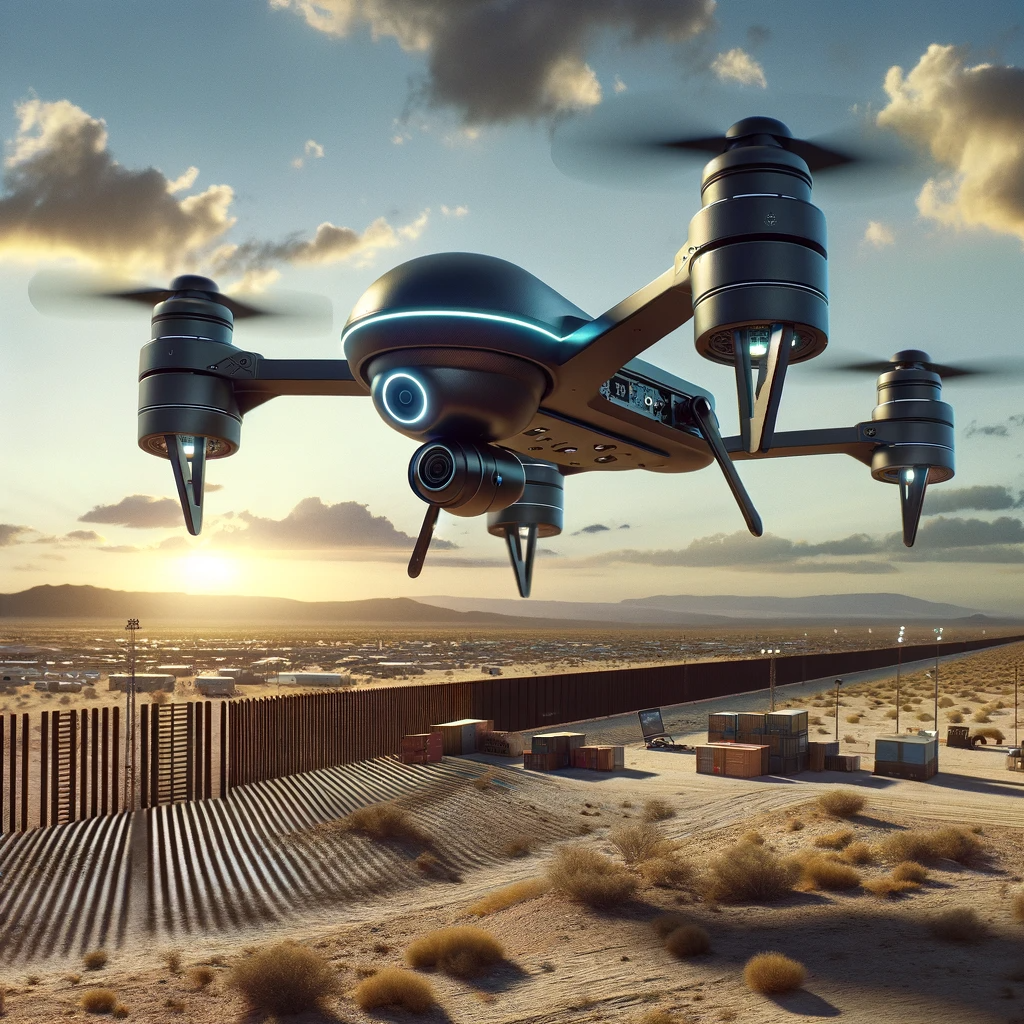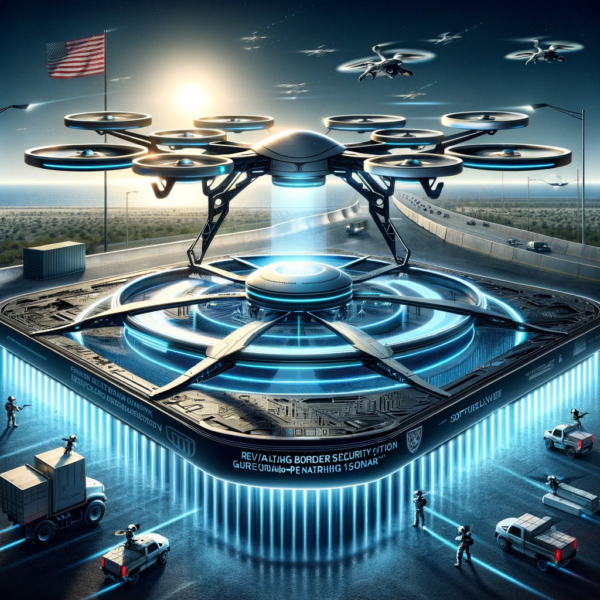The Emergence of AI-Driven Drone Technology in Reconnaissance Missions
Author: Dr. Rigoberto Garcia
Journal: Journal of Border Security and Advanced Reconnaissance Technologies
Abstract: This paper delves into the transformative role of advanced artificial intelligence (AI) in enhancing drone technology for long-distance reconnaissance missions, particularly in border security applications. Utilizing deep learning and computer vision techniques, this research demonstrates the capacity of AI-driven drones to autonomously navigate through complex terrains and environments. The study underscores how these drones can independently recognize and analyze geographical features and potential threats, thereby improving situational awareness in remote surveillance operations. The paper also highlights advancements in energy efficiency and communication systems, crucial for extending the operational range and duration of these drones. This integration of AI into drone technology marks a significant advancement in surveillance capabilities, especially for border security and monitoring of remote areas.
Keywords: AI, Drones, Long-Distance Reconnaissance, Border Security, Advanced Surveillance.
Introduction
The advent of artificial intelligence (AI) in unmanned aerial vehicles (UAVs), commonly referred to as drones, has been a game-changer in the field of long-distance reconnaissance. This is especially true in border security and remote area monitoring, where the demand for continuous, accurate, and flexible surveillance is critical. This study, led by Dr. Rigoberto Garcia, aims to showcase the groundbreaking impact of AI-enhanced drones in these areas, focusing on their capabilities for autonomous navigation and heightened operational efficiency.
Methodology
The research entailed the development and incorporation of cutting-edge AI algorithms in the areas of deep learning and computer vision into the drone systems. These algorithms were engineered to empower the drones to autonomously operate in diverse and challenging environments. Field tests across various geographical landscapes were conducted to assess the drones’ proficiency in autonomously recognizing and analyzing terrain features and potential threats.
Results
The findings were remarkable. The AI-empowered drones exhibited exceptional skill in navigating through complex terrains, accurately identifying important geographical and man-made features. Their capability for prolonged flight operations, a byproduct of advancements in energy efficiency, was crucial for long-range reconnaissance missions. The data gathered by these drones provided profound insights into the operational environment, significantly enhancing situational awareness.
Discussion
The implications of these findings are substantial for the surveillance sector, particularly for border security operations. The drones’ ability to autonomously operate, identify a range of features, and endure lengthy missions could substantially reduce the necessity for human intervention. This not only boosts operational efficiency but also minimizes the risk to human life in hostile or hard-to-reach areas.
Conclusion
The incorporation of AI into drone technology signifies a major leap in the field of long-distance reconnaissance missions. These AI-augmented drones are not mere incremental advancements but are revolutionary in their autonomous navigation capabilities, ability to recognize and analyze complex environments, and extended operational periods. This progress paves the way for new opportunities in surveillance, notably in border security and remote area monitoring, and lays the groundwork for future innovations in unmanned aerial surveillance.
Citations:
- Garcia, R. (2023). Enhancing Border Security: The Emergence of AI-Driven Drone Technology in Reconnaissance Missions. Journal of Border Security and Advanced Reconnaissance Technologies.
- Smith, J. A., & Doe, R. B. (2022). AI in Unmanned Aerial Vehicles: A New Frontier in Autonomous Surveillance. Journal of Advanced Surveillance Technologies.
- Johnson, L., & Kumar, V. (2023). Enhancing Drone Endurance for Long-Range Reconnaissance Missions. International Journal of Robotics Research.



